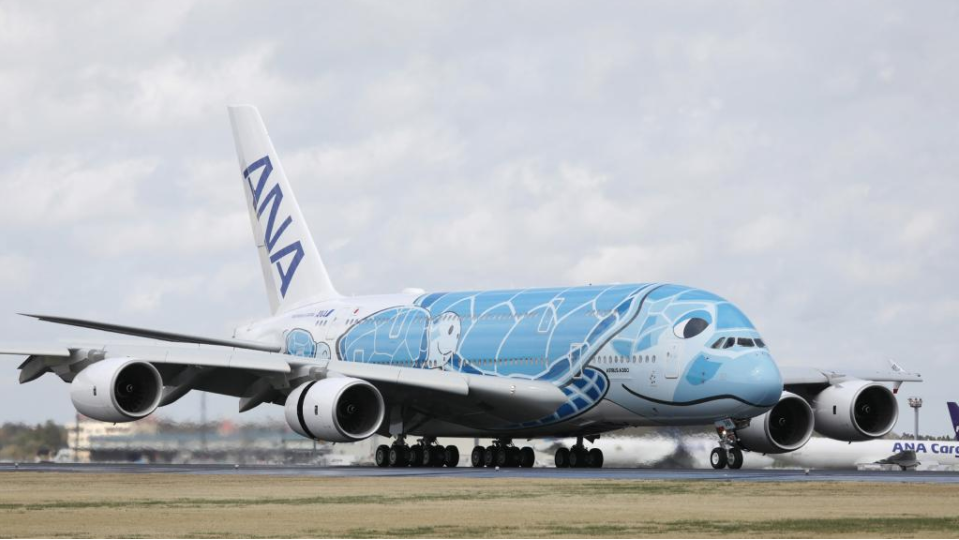European aviation falls further behind. Vaccine news raises hopes
EUROCONTROL's Nov-2020 forecasts for air traffic movements over the next five years suggest that traffic will not return to 2019 levels before 2026 under its most likely scenario. Its most optimistic scenario reaches this level in 2024, but its least positive scenario pushes that threshold back to 2029.
The possibility that recovery to 2019 levels could take a whole decade is a gloomy one for European aviation at a time when the continent's airline seat capacity is down by more than any other world region
Europe's year-on-year cut in seat capacity widened to -69.8% in the week of 9-Nov-2020, 9.4ppts below the Middle East on -60.4%. Africa is -58.4%, Latin America -50.1%, North America -48.7%, and Asia Pacific is -38.8%.
Moreover, the outlook for European seat numbers next week (commencing 16-Nov-2020) is for a yet bigger decline of 70.2%, based on filed airline schedules. As a percentage of 2019 levels, capacity in Europe for Nov-2020 is now projected at just 31%.
Recent positive vaccine news raises hopes of a faster return to normal, but this is unlikely to change the short term outlook. Winter 2020/2021 will remain very challenging for European airlines.
TO READ ON, VISIT: European aviation falls further behind. Vaccine news raises hopes

Point to point airline travel in vogue; hubs will regain strength
Low cost, point-to-point airlines in the Americas continue to leverage their new-found advantage obtained during the COVID-19 pandemic, as passengers continue to prefer nonstop flights rather than connecting through hubs.
Research by the US ultra low cost operator Allegiant Air has shown that a strong majority of customers, regardless of whether they had booked travel, "made it abundantly clear that the prospect of connections or layovers typically occurring in crowded hubs has a major negative impact on their intention to fly during the pandemic".
But the question that looms large is: how long will that advantage last? There is little reason to doubt the long term longevity of the hub and spoke model; however, it is tough to determine when passenger comfort for connections will return to normal levels.
For now, it appears that leisure customers are becoming more comfortable with travel; however, their strong preference for point-to-point travel remains firmly intact.
TO READ ON, VISIT: Point to point airline travel in vogue; hubs will regain strength
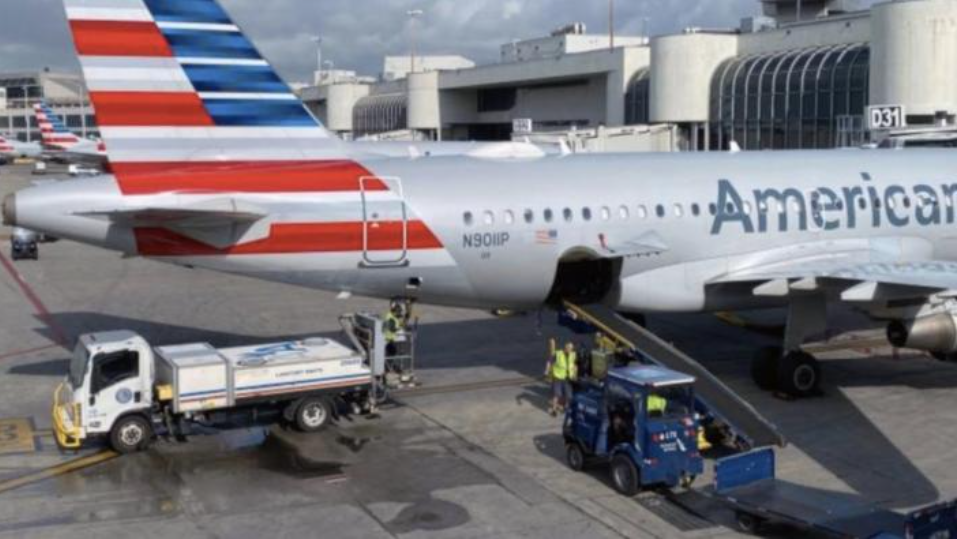
European airlines hit by new lockdowns, economic contraction
A number of European countries, including France, Germany, UK, Italy, Belgium, Ireland and Greece have reintroduced lockdown-like restrictions in response to sharply rising COVID-19 case numbers. This will hit economies: a survey of economists by the Financial Times (2-Nov-2020) predicts eurozone GDP growth of -2.3% in 4Q2020, reversing the 3Q2020 rebound.
Aviation capacity continues to suffer as a result. Europe's year-on-year cut in seat capacity widened to -64.7% in the week of 2-Nov-2020, versus -62.1% the week before.
This is the biggest reduction in capacity of all the world's regions, 3.8ppts below Middle East, on -60.9%. Africa is -56.9%, Latin America -51.2%, North America -50.2%, and Asia Pacific is -38.9%.
Moreover, the outlook for European aviation is that it will get worse before it gets better. Monthly capacity in Europe recovered from 10% of 2019 levels in Apr-2020 to what turned out to be a peak of 55% in Aug-2020. Based on filed airline schedules, it is set to fall for the third month in a row in Nov-2020, to 37%.
Lockdowns and economic contraction could take it lower still.
TO READ ON, VISIT: European airlines hit by new lockdowns, economic contraction
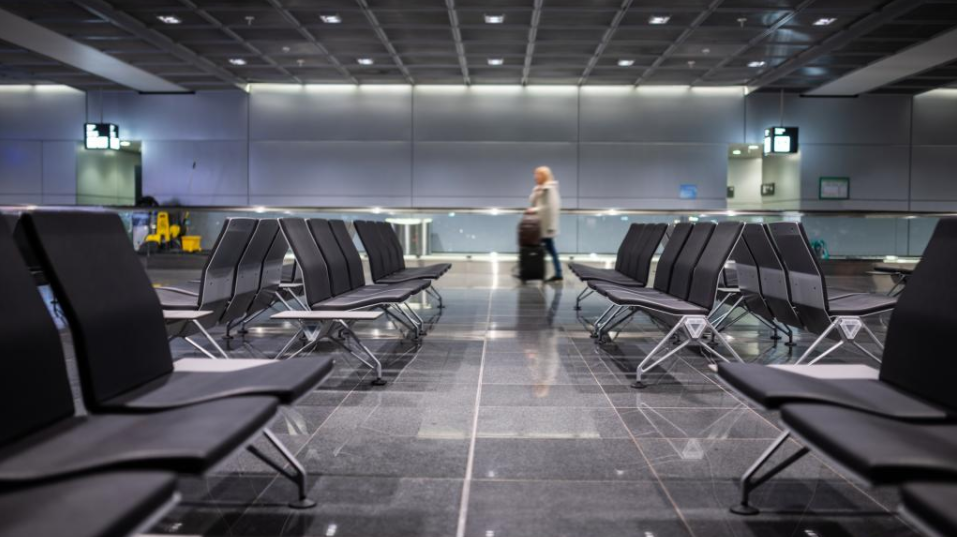
US low cost airlines say pandemic preference for non-stops
Airlines worldwide are being forced to adjust the way they read customer behaviour in line with the new reality that they find themselves in as a result of the COVID-19 crisis.
But now, with broadly eight months of pandemic operations under their belts, some US low cost airlines are detecting emerging trends about the way customers are adapting to their new reality, and about what needs to change in the operating environment to keep a recovery moving in the right direction.
The US ULCC Allegiant Air has concluded that a growing willingness by passengers to travel comes with distinct conditions - namely, nonstop flights to avoid connections in crowded hubs.
JetBlue, meanwhile, believes a cohesive testing strategy is critical in the short to medium term to reach pre-pandemic travel levels.
All airlines continue to navigate an evolving landscape and for now, Allegiant and JetBlue have drawn some distinct conclusions in the way they expect the long road to recovery to be evolving.
TO READ ON, VISIT: US low cost airlines say pandemic preference for non-stops
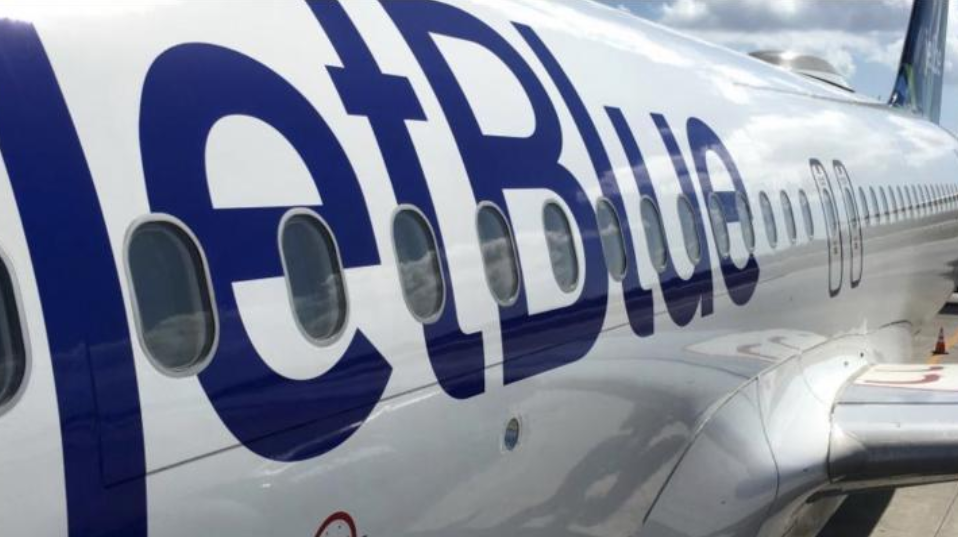
Paris CDG Airport now busiest in Europe, ahead of London Heathrow
The pandemic is causing some strange statistical deviances at airports across the world. In Europe it is manifested by Paris' Charles de Gaulle airport climbing above London's Heathrow airport to claim the #1 spot by passenger numbers in the first nine months of 2020.
In fact, CDG was already catching LHR, and would probably have overtaken it during the next couple of years anyway.
Whether that remains the case at the end of the year is yet to be revealed, and will be determined by the various permutations of travel bans, quarantines and lockdowns imposed by the two countries and others, and in what order.
Right now, that is all they have to offer to deal with the pandemic, despite the clarion calls from the industry for a change of strategy.
TO READ ON, VISIT: Paris CDG Airport now busiest in Europe, ahead of London Heathrow

Russian aviation shows resilience; sustained by domestic travel
Coronavirus cases in Russia are at a high level, but the head of one airport, the country's leading one (Moscow Sheremetyevo), is confident of a return to normality in a shorter time frame than that anticipated elsewhere. One of the reasons for his confidence is that domestic flights, which have actually undergone a year on year capacity increase this summer, are keeping the business going.
Russia's International Airports Association reported that the largest airports in the country had recorded a 25% year-on-year decrease in passengers in Sep-2020, down from 28% fewer passengers in Aug-2020. However, like every other country, Russia remains hampered by international lockdowns and quarantines, and the rebound is coming mainly from domestic traffic.
But as Russia anticipates the early availability of a vaccine, international travel also needs to return quickly.
TO READ ON, VISIT: Russian aviation shows resilience; sustained by domestic travel
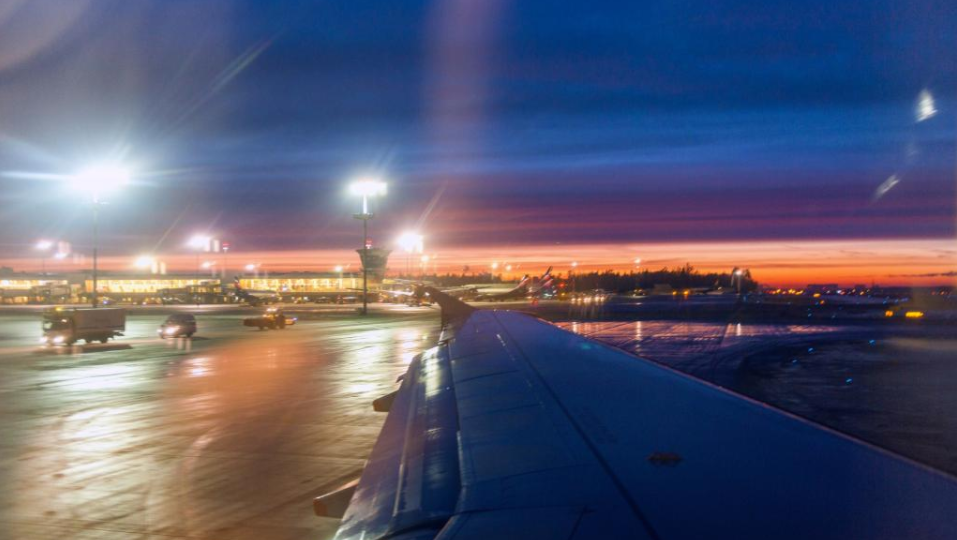
Berlin's new airport finally opens - but timing not the best...
The world has watched the painfully slow completion and, at last, the opening of BER, Berlin's new airport (which combines the two previous ones into a modern facility), with something that could best be described as Schadenfreude, as the country known for its 'Vorsprung durch Technik' ('progress through technology') became somewhat of a laughing stock.
But now the airport is actually open, in its pristine splendour, and the last vestige of the old system, Tegel Airport, will close as this report is published.
From now on it is a case of onwards and upwards. Or at least, it would have been had it not been for the pandemic, which meant that BER opened like a ghost town.
But for all the negatives attached to this airport it does have prospects, and the fact that private investment is even being discussed as a possible outcome is testament to that.
TO READ ON, VISIT: Berlin's new airport finally opens - but timing not the best...

Small single-airline Florida airport, Punta Gorda, may seek lease/P3
The US airport privatisation programme is on the ropes. There has been only one successful transaction of a mainstream commercial airport to date, in Puerto Rico, which is not even part of the U.S. proper, and other attempts were withdrawn in cities such as Chicago and St Louis. And that is despite improvements made to the programme to encourage wider participation.
But now the possibility of another transaction has arisen, at a small tourism-oriented airport, Punta Gorda in Florida, and it is being driven by the possibility of allocating funds from a deal to other, non-aviation related needs.
The complication here, though, is that there is only one commercial airline operating there - Allegiant. That gives Allegiant the power of veto over any transaction if it wanted to, and it is also investing in a big real estate project close to the airport, which could even be interwoven into the airport deal, thus creating a conundrum.
TO READ ON, VISIT: Small single-airline Florida airport, Punta Gorda, may seek lease/P3

Isavia: Iceland placed to attract more tourists and future hub traffic
The Icelandic airports and ATC operator Isavia has just published its financial report for the first half of 2020.
In common with most others it makes for depressing reading, although not as much as those of some of its peers. It is clear that Icelandair remains its most important customer by far, despite the airline having to seek state assistance.
Moreover, in a robust statement Isavia says it is confident that tourists will begin to return to the country as soon as they start seeking 'purity' again, and that the national carrier will be in a better position even than it was in before, to transport passengers across the Atlantic Ocean through the Keflavik Airport hub as other airlines dither about resuming their own direct services.
In the meantime Isavia has had the responsibility of ensuring that Iceland's far-flung citizens, few in number as they are, have been able to access the capital and other parts of the country. Its domestic airports have witnessed a faster resumption of seat capacity than the international Keflavik Airport.
TO READ ON, VISIT: Isavia: Iceland placed to attract more tourists and future hub traffic

SPECIAL REPORTS: Aviation Sustainability and the Environment
This regular weekly CAPA report features a summary of recent aviation sustainability and environment news, selected from the 300+ news alerts published daily by CAPA. This week's issue includes: All Nippon Airways commences commercial service with sustainable aviation fuel; Wizz Air launches carbon offsetting scheme in partnership with CHOOSE; Santiago Airport installs stationary bicycles to charge passengers mobile devices; Santiago Airport launches campaign to reduce food waste from F&B outlets; and Rolls-Royce sets three pillars for environmental strategy for aviation.
TO READ ON, VISIT: SPECIAL REPORTS: Aviation Sustainability and the Environment
